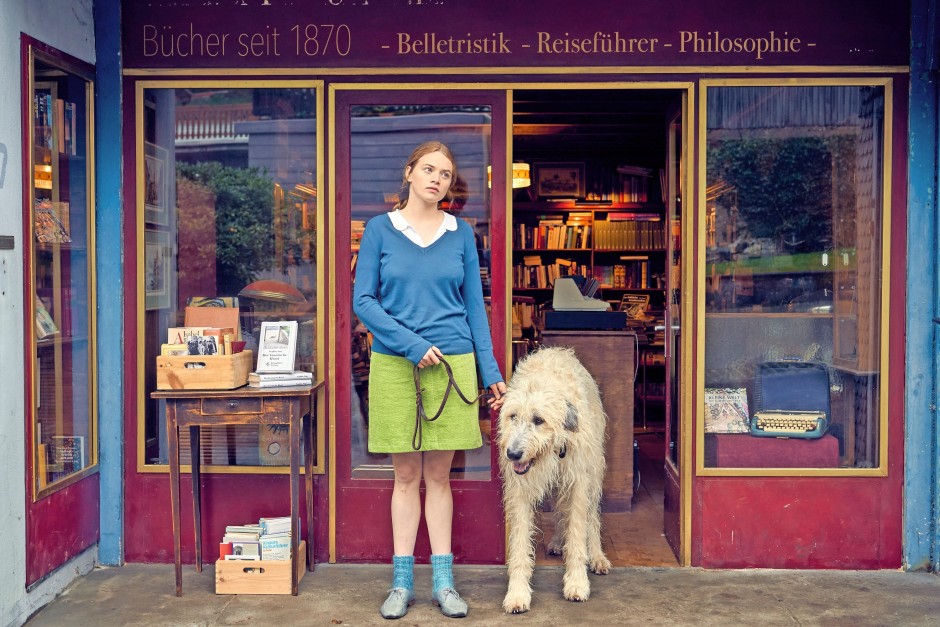
When a dog named Alaska gets lost in a German forest, it sometimes takes a special search party to bring him back home.
A Buddhist monk who is taking a break from walking meditation is definitely recommended in such a case, especially since more could possibly come of it. For example the love of a lifetime. In the film “What you can see from here” by Aron Lehmann, the Buddhist monk Frederik comes from Japan, but actually from Hesse.
So he has to take a considerable detour to meet Luise, who first of all commends herself to him through a small act of generosity. She only smiles slightly when Frederik quickly eats a piece of chocolate when the rest of the group of Buddhist monks who have stayed at the house of contemplation in a village in the Westerwald are not near him. Strengthened by the sweet snack, Frederik can do his bit to bring Alaska home.
His is that inner peace that is ascribed to Buddhist monks and that works particularly well on a woman who is used to chaos. Because Luise (Luna Wedler) has a special gift, if you want to speak of a gift in this case: she always has to be sincere, otherwise something will fall down somewhere. Not even one of the many polite insincerities, without which it is hardly possible in everyday life, goes through with her without signs falling or crockery banging on the floor.
There are many strange things about the place where What You Can See From Here is set. This has to do with the genre to which the film belongs, as does the book of the same name by Mariana Leky, which is the basis for the film. In the areas of literature where the eyebrows are higher, one would speak of magical realism, but that doesn’t really fit here, because the oddities are clearly too sought-after for that.
“What you can see from here” is dedicated to the big themes of life in a way that turns the word everyday exotic into its opposite. Everyday life is bearable because you don’t find it amazing in itself, but embellish it with all sorts of exotic ideas. For the big themes of life – love!, death! – Mariana Leky has all sorts of unusual things that make it possible to stare at them – and thus to make a dizzying arc around the big themes, which should nevertheless lead to the goal, namely right into the middle of these themes. In “What you can see from here” the central point of these exotic ideas is the okapi, a “devious” animal from the jungle that haunts Selma’s dreams as a death oracle in the Westerwald.
Selma is Luise’s grandmother, she has a demiurgic function in the small world of the story: “Selma invented the world.” The world stands on fragile ground, as we know, for example, from Georg Büchner’s “Woyzeck”. Selma once rattled through such a floor, but got her elbows stuck carrying a duck from the oven to the table. Since then, there has been a circle painted red in her room, warning of the thin board that it is better not to step on.









